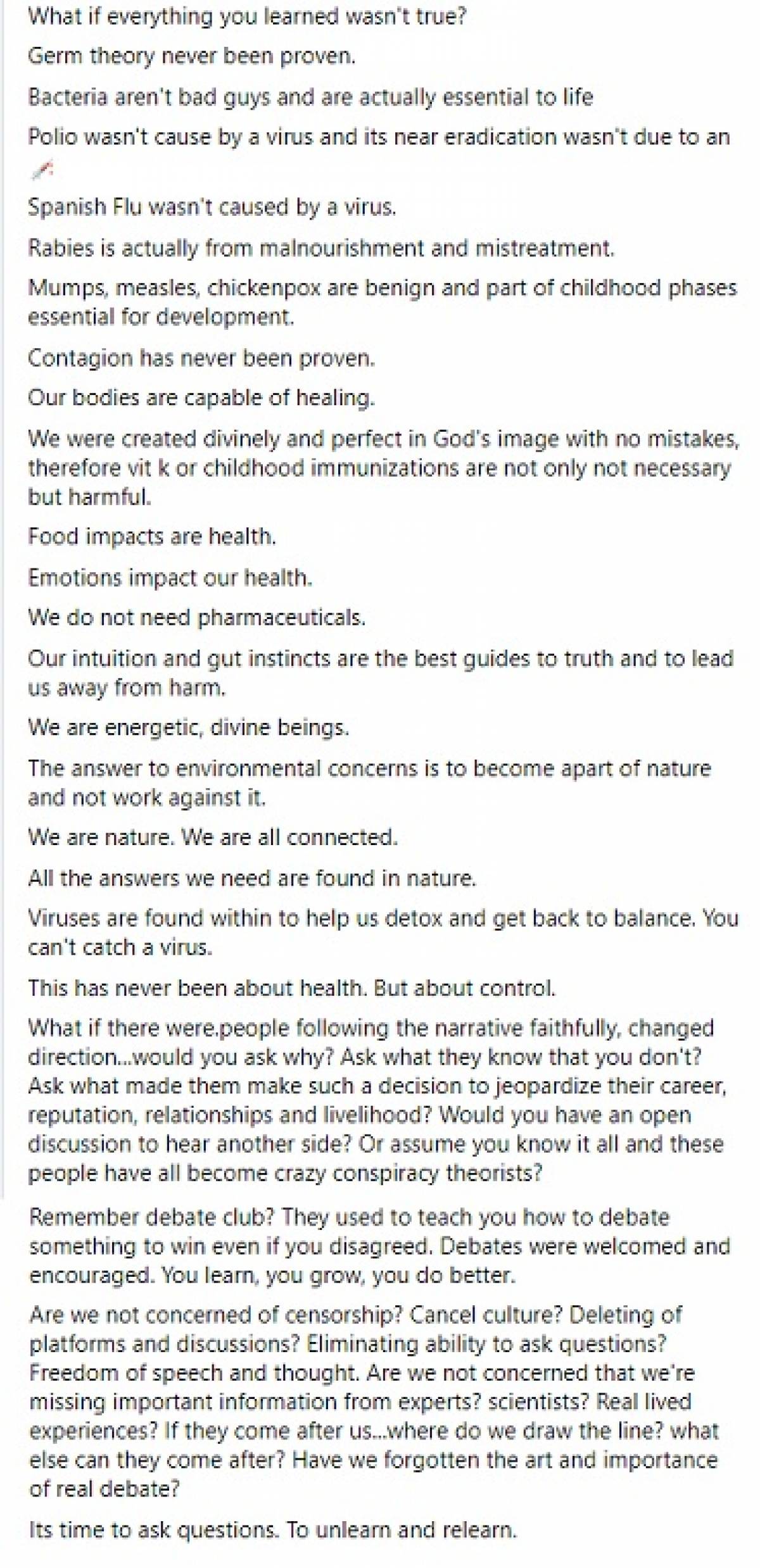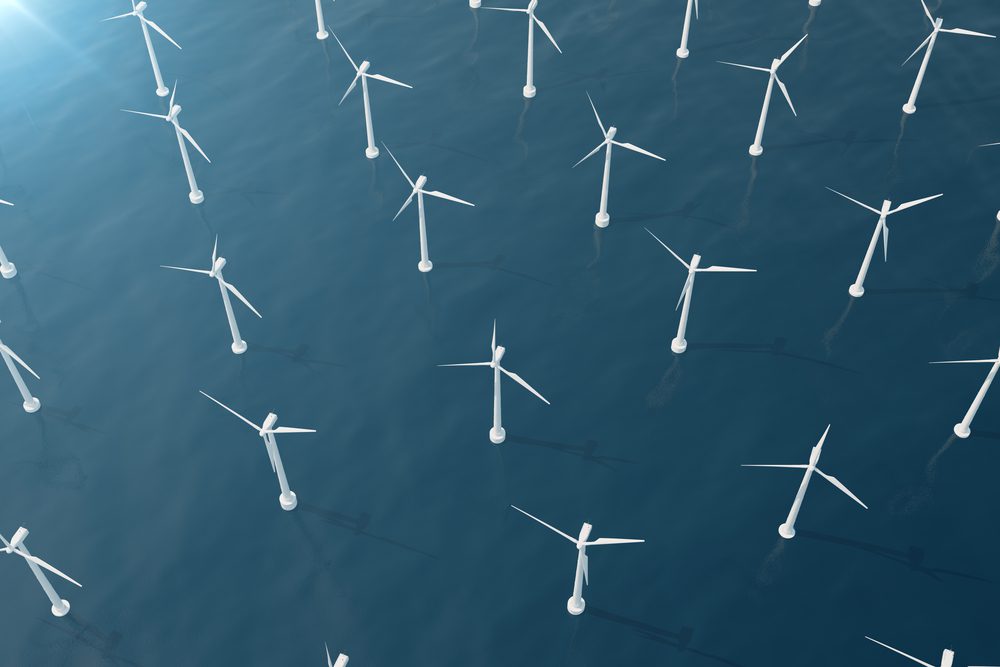The fired intensive-care nurse also suggested that polio and Spanish flu were not caused by viruses, and that rabies arises from malnourishment and mistreatment
by Charlie Smith on September 3rd, 2021

In a recent videotaped interview posted on YouTube by Bright Light News, Kristen Nagle described the origins of the September 1 protests outside B.C. hospitals.
The protests that took place outside B.C. hospitals this week were organized by a group called Canadian Frontline Nurses.
Its leader, Kristen Nagle, is a former neonatal intensive care-unit nurse who was fired earlier this year from a hospital in London, Ontario. This came after Nagle co-organized an antilockdown rally.
Nagle has some unconventional views on disease transmission
"You can't catch a virus," Nagle wrote on Facebook on August 15.
According to her, viruses "are found within to help us detox and get back to balance".
The Straight is reposting more of her comments below to provide context.
"What if everything you learned wasn't true?" Nagle asked at the start of the post. "Germ theory never been proven. Bacteria aren't bad guys and are actually essential to life. Polio wasn't cause by a virus and its near eradication wasn't due to a [vaccine]. Spanish Flu wasn't caused by a virus.
"Rabies is actually from malnourishment and mistreatment," Nagle continued in her post. "Mumps, measles, chickenpox are benign and part of childhood phases essential for development. Contagion has never been proven."
Nagle went on to write that our bodies are capable of healing.
"We were created divinely and perfect in God's image with no mistakes, therefore vit k or childhood immunizations are not only not necessary but harmful," she stated. "Food impacts [our] health. Emotions impact our health. We do not need pharmaceuticals."
In this interview, Kristine Nagle talks about her opposition to vaccine mandates.
Nagle hoped for a worldwide walkout
"We decided to make it a nationwide event for health-care workers and everyone, really, that is being affected by these mandates to take a stand," Nagle revealed.
Nagle said that after holding 18 months of protests, they needed to "make a huge visual impact to show the public that we are not for these mandates".
"We are for body autonomy, health freedom, medical freedom, informed consent," Nagle said, "and we thought it was time to make a bold statement that we need to kind of finally draw the line and hold the line because we know this is a slippery slope where this is going."
The goal was actually for a worldwide event, she revealed in her interview with Bright Light News.
Facebook post said real issue is "control"
After declaring in her August 15 Facebook post that people cannot catch a virus, she spoke about broader societal issues that concerned her in connection with governments' responses to disease.
"This has never been about health. But about control," Nagle declared.
"What if there were.people following the narrative faithfully, changed direction...would you ask why?" she added. "Ask what they know that you don't? Ask what made them make such a decision to jeopardize their career, reputation, relationships and livelihood? Would you have an open discussion to hear another side? Or assume you know it all and these people have all become crazy conspiracy theorists?
"Remember debate club?" Nagle continued. "They used to teach you how to debate something to win even if you disagreed. Debates were welcomed and encouraged. You learn, you grow, you do better.
"Are we not concerned of censorship? Cancel culture? Deleting of platforms and discussions? Eliminating ability to ask questions? Freedom of speech and thought.
"Are we not concerned that we're missing important information from experts? scientists? Real lived experiences? If they come after us...where do we draw the line? what else can they come after? Have we forgotten the art and importance of real debate? Its time to ask questions. To unlearn and relearn."
The post in its entirety

Nobody should be surprised by demonstrations outside B.C. hospitals by opponents of vaccine passports









